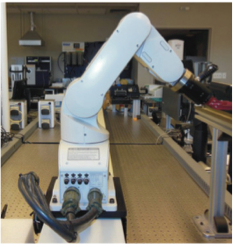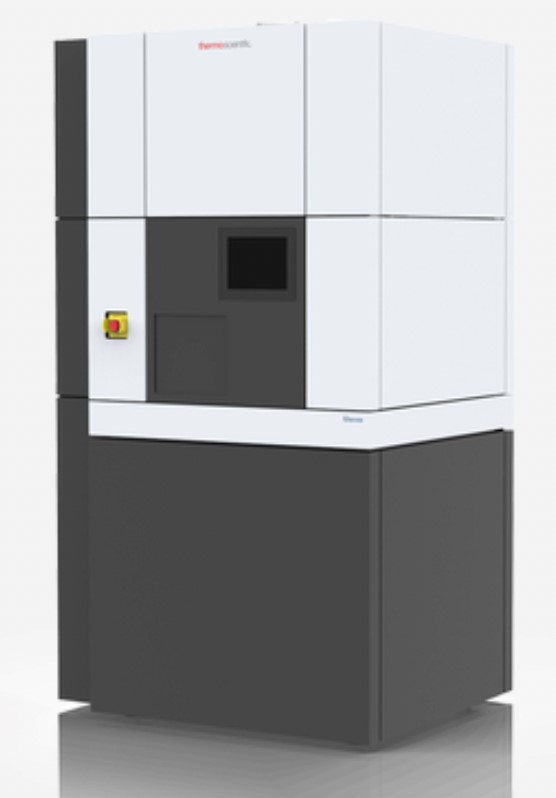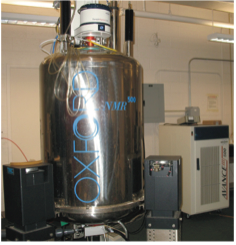Our Research Facilities
Our Research Facilities
 Chemcore facilitates small molecule discovery efforts
Chemcore facilitates small molecule discovery effortsThe department's laboratories, located in a basic science complex at the medical school, provide complete resources for research in chemical biology; structural biology; cellular and molecular biology; molecular genetics and cancer biology; and in protein, nucleic acid and carbohydrate biochemistry.
- Synthetic organic chemistry facilities
- MALDI and electrospray mass spectrometers
- State-of-the-art 400, 500, 600 and 800 MHz NMR spectrometers including cryoprobe technology
- X-ray crystallography facility
- Glacios Cryo-transmission electron microscope (delivery fall 2021)
- Fluorescence microscopy and image analysis equipment
- Containment facilities for studies of biological agents and chemical carcinogens.
- Small animal core facility

The Pharmacology department is a ThermoFisher beta test site for the new Glacios transmission electron microscope. This state-of-the-art instrument allows structural investigation of drug targets that are not accessible by protein crystallography approaches.
Students also have access to facilities for molecular modeling, protein and nucleic acid analysis and synthesis and the extensive clinical facilities of the Division of Clinical Pharmacology.
 The NMR core is optimally configured to facilitate characterization of small molecules
The NMR core is optimally configured to facilitate characterization of small moleculesPharmacology NMR Facility
To facilitate research involving small molecules, the Department maintains a Bruker Avance III 500 MHz NMR spectrometer equipped with an autosampler. The automation is configured for a convenient queue up of common 1D (1H, 13C, 31P, DEPT, 1H with solvent suppression) and 2D (COSY, TOCSY, HSQC, HMBC, and NOESY) experiments. The facility is open to members of the JHU community. For training and further assistance, please contact the NMR Facility Manager.
Shridhar Bhat, Ph.D.
NMR Facility Manager
Pharmacology and Molecular Sciences
Johns Hopkins University School of Medicine
725 North Wolfe Street / Hunterian 301
Email: [email protected]
Phone: 410-502-4803
